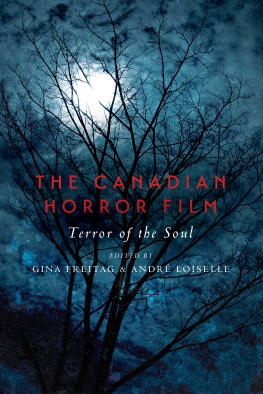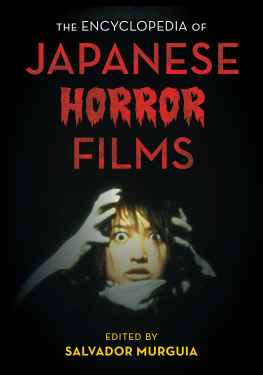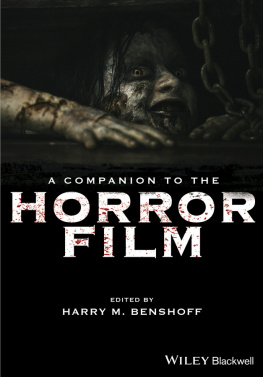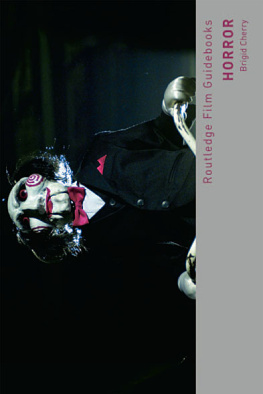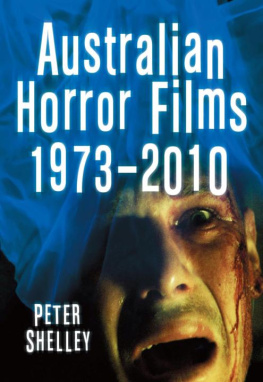An Introduction to Deep Terror
Northrop Fryes famous commentary on the peculiar anxieties that have apparently shaped the Canadian imagination suggests that people living in this country find themselves in a horrifying conundrum. On the one hand, the world out there is so threateningly indifferent to our existence that we are compelled to huddle in tiny dark holes, hiding from the enormity of our devastating irrelevance. On the other hand, our paralyzing fear of the uninterested exterior turns us into obsessive-compulsive shut-ins who impose unbearably constrictive rules of good behaviour on one another. This seemingly makes it impossible for us to either live as free individuals moving liberally in wide open spaces (as Americans are able to do) or thrive as a cohesive group gathered in a protective, self-contained space (like the British). Being Canadian, therefore, is a veritable nightmare! But it is a polite, law-abiding, and pleasant nightmare. For as perpetually terrified as Canadians might be, they do seem to live rather happy, quiet, and comfortable existences. And this is one of the many paradoxes of the Canadian imagination: our minds might be filled with horrible visions of physical torture, moral filth, and mental agony, but we also cherish our pristine natural landscapes and quaint little neighbourhoods.
It is very possible that Fryes reading of the Canadian mentality is a woefully inaccurate interpretation of the way the people of Canada actually are. But it does not really matter. The fact of the matter is that the real or imaginary tension between the terrifying outside and the unbearable inside has had such a deep influence on how intellectuals and artists have envisioned Canadian culture that it has come to express something of the Canadian ethos: a terror of the soul at what we fantasize ourselves to be. As Margery Fee argues in her contribution to the anthology Northrop Fryes Canadian Literary Criticism and Its Influence, the widespread belief of critics, writers, artists, and readers that Canadas harsh northern climate in some sense explains our culture may be total nonsense but it has supported some good art (the painting of the Group of Seven), and almost all English-Canadian literary criticism, both good and mediocre (2009, 187). A manic apprehension of the outside world, coupled with an agonizing case of cabin fever, might have no grounding in Canadian reality. But it certainly makes for a hot and juicy counter-narrative to the otherwise rather lacklustre experience of living in Gods frozen country.
Taking its cue from Fryes evocative insight, this anthology offers a theory of the Canadian horror film that locates the terror of the soul in the interval between external threat and internal dread. This is an interval where sensible prudence intersects with rabid exasperation, and rugged resilience clashes with childish cowardice; a liminal space where paralysing contradictions animate the nationalist fervour of meek bureaucrats and shatter the mettle of adventurous coureurs de bois. From this position of overlapping pleasures and pains, the Canadian horror film projects a disturbing image of malicious civility, brutal modesty, and cruel tolerance. In this ordinary wasteland of docile damnation and prosaic pestilence, savage beasts and mad scientists rub elbows with pasty suburbanites, crusty seamen, and baby-faced porn stars. The Canadian horror film, we argue over the following thirteen chapters, produces a discourse of paradoxes where familiar places lose, xix) characterizes (gothic) Canada. Canadian horror is a genre where the urge to erect borders, assert rules, and preserve decency is equalled only by a defiant impulse to challenge limits and throw caution to the frigid northern winds. Decidedly centrifugal in its hostile distortion of sublime natural vistas, the Canadian horror film thrives on the centripetal iconography of a monstrously protective homestead.

